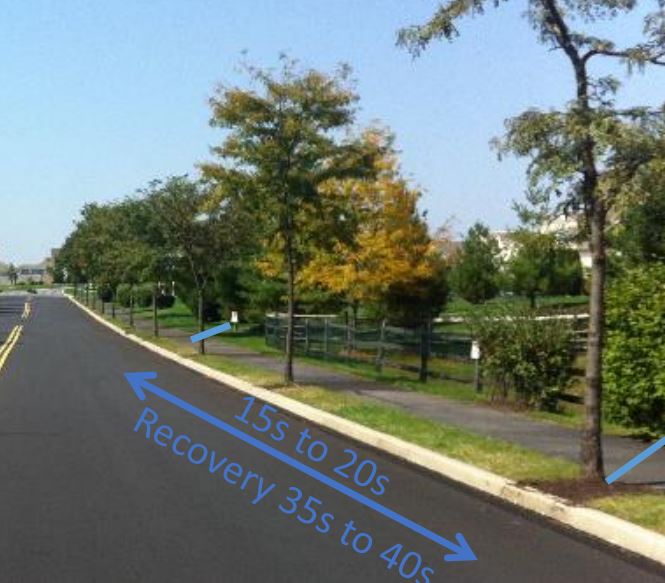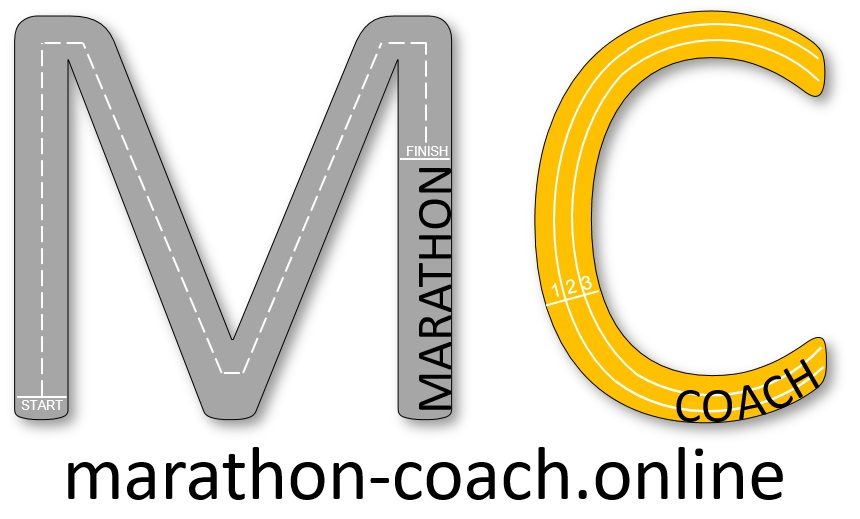Strides / Hill repetitions are an important part of the runner training. It is very easy to put in place and will help every runner to progress. It is often a part of the training that is not included in training plans. The benefits are important for all runners, from beginners to elite athletes.
Most of the advance athletes are including strides in their training routine, especially at the end of the Easy days. It is very well done by runners preparing Cross-Country races or short endurance races unders 5km (3 miles).
Benefits
There are many benefits to run strides during or at the end of a run. The main benefit is to improve the running form. It is important to ensure your feet are lending to the toes (front of the foot), the knees are lifting high in front. Your head is high and look far away, you use your arms (bent at 90 degrees) to help the acceleration… You are teaching your body to maintain good posture and alignement, even as you increase your speed. We can say that you improve your running mechanics and the running efficiency.
There are other benefits to include strides in your training:
- Improved running speed: Stride accelerations help to develop the ability to quickly increase your speed, which can be beneficial in races or when trying to pass someone on a run.
- Increased power: Stride accelerations also help to develop the muscles and tendons that are used in running, which can help you generate more power and speed.
- Reduced risk of injury: Stride accelerations can also help reduce the risk of injury by strengthening the muscles and tendons in the legs, which can help to prevent overuse injuries.
- Increased leg turnover: Strides help to increase the number of times your legs turn over per minute, which can improve your overall running speed.
- Improved running economy: Strides can help to improve your running economy, which is the amount of energy you use to run at a given pace.
- Increased cardiovascular fitness: Strides can help to increase your cardiovascular fitness by increasing your heart rate and improving your lung function.
- Improving neuromuscular coordination : Strides can help to improve the coordination of the neural and muscular system, which can lead to a more efficient running pattern.
Strides
When performing stride accelerations, it is important to start with shorter distances and gradually increase the length of the acceleration and steady pace. Aim for 8-12 reps, and make sure to maintain good running form throughout the workout.
Incorporating stride accelerations into your running routine can help to improve your overall running performance. It is suggested to perform this workout once or twice a week. You shoudld start with shorter distances and gradually increase the length of the acceleration and steady pace as you become more comfortable.
It is also important to remember to warm up properly before starting stride accelerations. I like to include the strides at the end of Esy jog, twice a week. The body is well warmed-up after a 45min to 60min jog.
There is no need for special equipment. I found a good distance of roughly 100 meters between a gate and a lamp post close to home. I always use this distance and I am able to see the progress just by looking at the stride duration.

Strides
How to run strides at the end of the session:
- Run 15 seconds to 20 seconds at a good speed (your 800m / 1500m pace). It needs to be controlled all the time.
- Walk back to the start in 30 seconds to 50 seconds.
- Repeat 8 to 12 times
As usual, I suggest you to increase slowly. The first weeks, run 15 seconds at your 5km pace, then increase slowly to 15 seconds at your 1,500m pace, 20 seconds at your 1,500m pace. After few months, you can then run 20 seconds at your 800m pace. Ensure at each stage that your form is optimal and you are well in control of the pace.
In summary, Stride accelerations are a great way to improve running speed and power. They help to develop the muscles and tendons that are used in running, which can help you generate more power and speed. Incorporating stride accelerations into your running routine is a great way to take your running to the next level. It should be performed after a proper warm-up and cool down and stretching, and gradually increasing the distance of the steady pace and acceleration.
Another further improvement to the strides is to perform them on a hill. We call them hill repetitions.
Hills repetitions
Hills accelerations are a type of running workout that can help improve your running speed and power. They involve running at a steady pace for a certain distance, and then accelerating for a shorter distance, before returning to your steady pace.
Hill strides are a type of running workout that can help improve your running form, speed, and endurance. They involve running up a hill at a moderate to fast pace. Then jogging or walking back down the hill to recover.
Benefits
The benefits of hill strides include:
- Improved running form: Running uphill forces you to engage your glutes and core muscles, which can help improve your overall running form.
- Increased leg strength: Hill strides help to build strength in the legs, specifically the quadriceps and glutes, which can help you run faster and longer.
- Improved endurance: Running uphill requires more energy and effort than running on a flat surface, so incorporating hill strides into your training can help improve your overall endurance.
- Reduced risk of injury: Hill strides can also help reduce the risk of injury by strengthening the muscles and tendons in the legs.
- It is a very fun session to run with your friends, putting a little of challenge at the end of a session.
When performing hill strides, it is important to start with a gradual incline and gradually increase the steepness as you become more comfortable. Aim for 8-12 reps, and make sure to maintain good running form throughout the workout.
Incorporating hill strides into your running routine can help to improve your overall running performance. It is suggested to perform this workout once or twice a week, and to start with a moderate incline and gradually increase the steepness as you become more comfortable.
It is also important to remember to warm up properly before starting hill strides and cool down and stretch after the workout. I suggest to include hill repetition at the end of an Easy jog or can be implemented at the end of a Threshold session.
The slope of the hill need to be moderate. Start with a light slope and when your fitness is improving, then you can increase the slope.

Hills Repetitions
The session is similar to running strides, just the pace is slower due to the hills. How to run strides at the end of the session:
- Run 15 seconds to 20 seconds at a good speed (your 5km / 10km pace). It needs to be controlled all the time.
- Walk back to the start in 30 seconds to 50 seconds.
- Repeat 8 to 12 times
In summary, Hill strides are a great way to improve running form, speed, and endurance. They help to build leg strength and reduce the risk of injury. Incorporating hill strides into your running routine is a great way to take your running to the next level.
